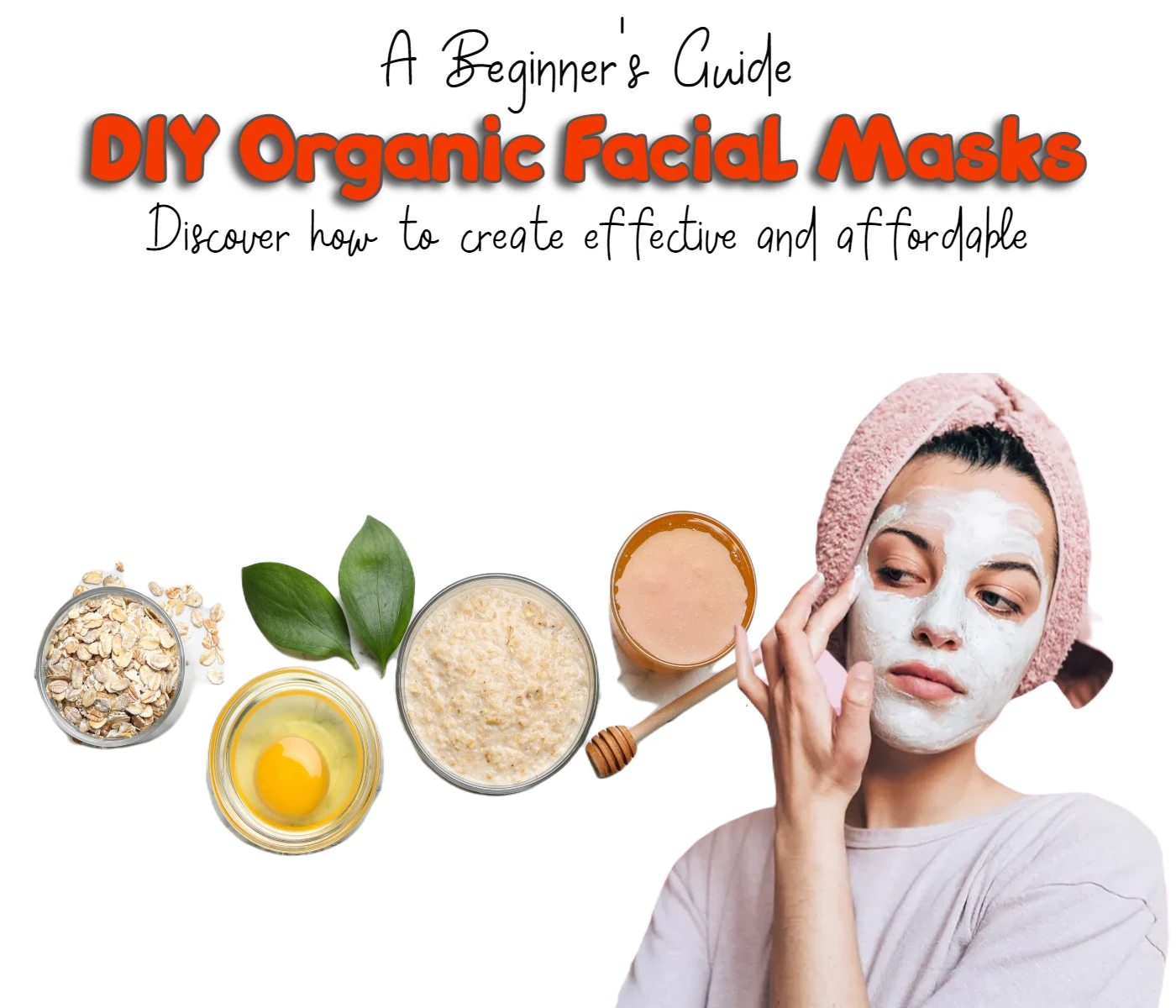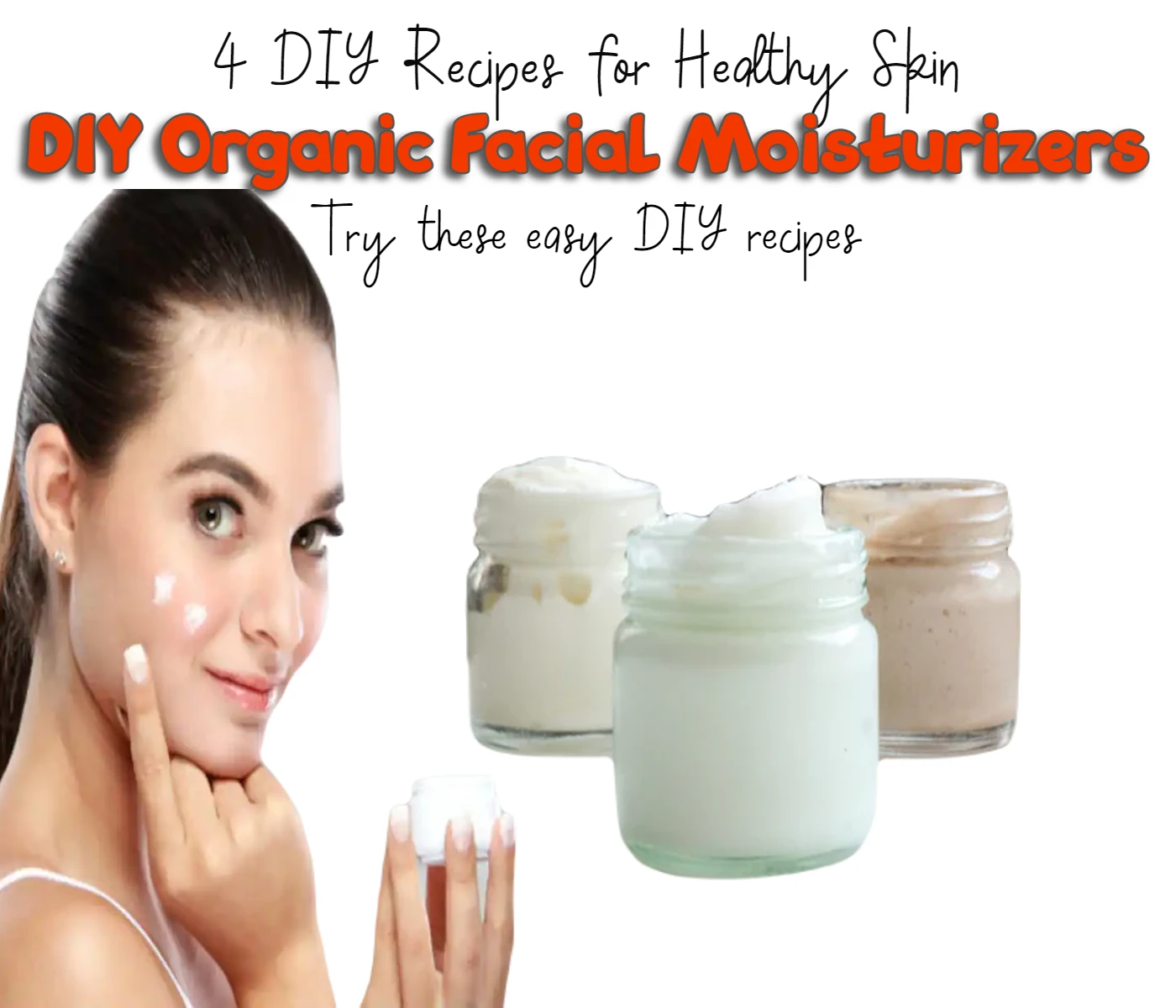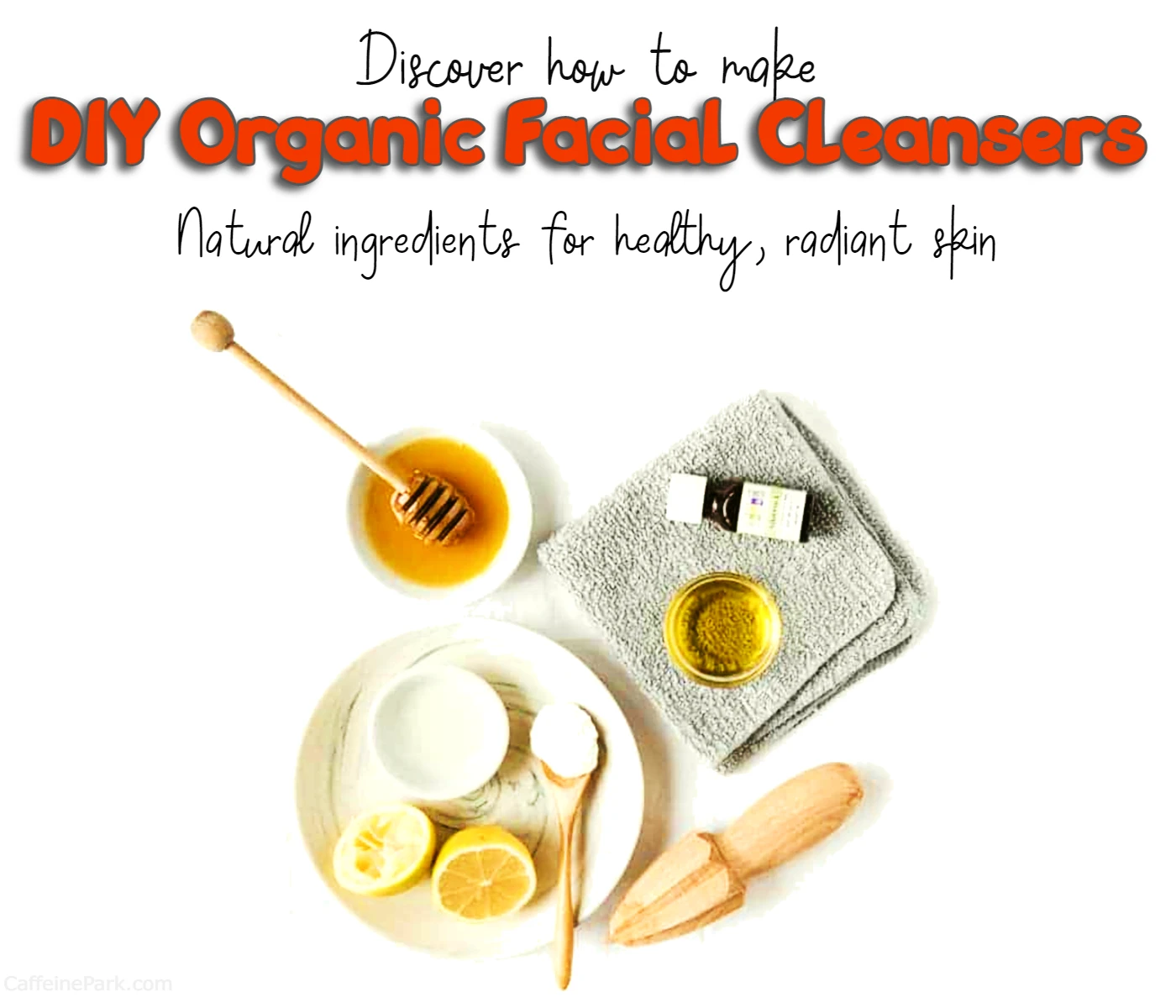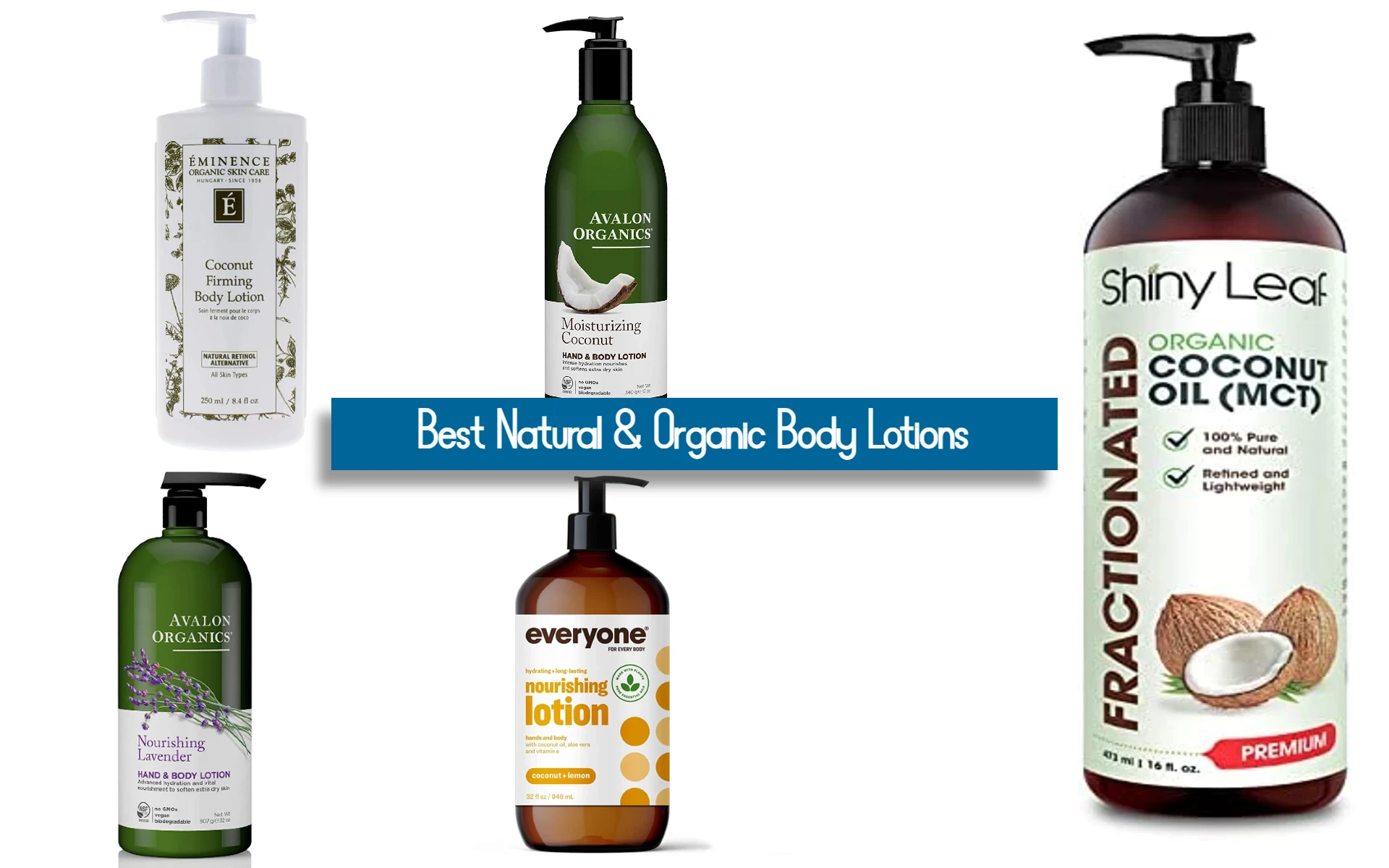How To Make Organic Facial Masks

Welcome to my blog on how to make organic facial masks! As a 28-year-old who is passionate about natural skincare, I have experimented with various ingredients and bases to create my own facial masks that are not only effective but also affordable. In this blog, I will be sharing my favorite organic facial mask recipes that are easy to make and suitable for different skin types.
Using organic ingredients in your facial masks is a great way to ensure that you are not exposing your skin to harmful chemicals or synthetic fragrances that can irritate your skin. Moreover, organic ingredients are usually more nutrient-dense and can provide your skin with the essential vitamins and minerals it needs to look and feel its best.
I encourage you to try out these recipes and see how your skin responds to them. Making your own organic facial masks is a fun and rewarding experience that allows you to take control of your skincare routine. So, grab your ingredients, put on some music, and let’s get started!
How to Make Your Own Organic Facial Masks
Step 1: Gather Your Ingredients
The first step to making an organic facial mask is to gather your ingredients. You will need to choose ingredients based on your skin type and the specific benefits you are looking for. For example, if you have oily skin, you may want to choose ingredients that help to absorb excess oil, while if you have dry skin, you may want to choose ingredients that help to hydrate and nourish the skin.
Some common ingredients for organic facial masks include:
- Avocado: rich in vitamins and healthy fats, helps to hydrate and soothe the skin.
- Honey: antibacterial and moisturizing, helps to unclog pores and brighten the skin.
- Yogurt: contains lactic acid, which helps to exfoliate and brighten the skin.
- Oats: gentle exfoliant that helps to soothe and hydrate the skin.
- Clay: absorbs excess oil and impurities from the skin.
Step 2: Choose Your Base
Once you have chosen your ingredients, it’s time to choose your base. Your base will help to bind the ingredients together and create a paste-like consistency that can be applied to the skin. Some common bases for organic facial masks include:
- Water: the simplest base, easy to use and readily available.
- Aloe vera gel: hydrating and soothing, helps to calm irritated skin.
- Coconut oil: nourishing and moisturizing, helps to protect and repair the skin.
- Yogurt: contains lactic acid, which helps to exfoliate and brighten the skin.
Step 3: Mix Your Ingredients
Now it’s time to mix your ingredients together! Depending on the recipe you are using, you may need to use a blender or food processor to mix everything together into a smooth paste. Alternatively, you can mix everything together in a bowl using a fork or whisk.
When mixing your ingredients, it’s important to make sure that everything is well combined and that there are no lumps or chunks. If your mixture is too thick, you can add more of your base to thin it out. If it’s too thin, you can add more of your ingredients to thicken it up.
Step 4: Apply Your Mask
Once your mask is mixed and ready to go, it’s time to apply it to your skin! Start by washing your face with a gentle cleanser and patting it dry with a clean towel. Then, use your fingers or a brush to apply the mask evenly over your face, avoiding the eye and mouth areas.
Leave the mask on for the recommended time (usually around 15-20 minutes) and then rinse it off with warm water. Follow up with your usual skincare routine, such as moisturizer or serum, to lock in the benefits of the mask.
Step 5: Store Any Remaining Mask
If you have any remaining mask, you can store it in an airtight container in the fridge for up to a week. However, it’s important to note that because these masks are made with natural ingredients, they can spoil more quickly than store-bought products. Always check the mask before using it to make sure that it hasn’t gone bad.
Organic Facial Mask Recipes
Here are some organic facial mask recipes you can try out:
Soothing Avocado Mask
- 1 ripe avocado
- 1 tablespoon honey
- 1 tablespoon aloe vera gel
Mash the avocado in a bowl, then mix in the honey and aloe vera gel until well combined. Apply to your face and leave on for 15-20 minutes before rinsing off with warm water.
Brightening Yogurt Mask
- 1/2 cup plain yogurt
- 1 tablespoon honey
- 1/4 cup oats
Mix the yogurt and honey together in a bowl. In a separate bowl, grind the oats into a fine powder. Add the powdered oats to the yogurt mixture and stir until well combined. Apply to your face and leave on for 15-20 minutes before rinsing off with warm water.
Detoxifying Clay Mask
- 2 tablespoons clay (such as bentonite or kaolin)
- 1 tablespoon apple cider vinegar
- 1 teaspoon coconut oil
Mix the clay and apple cider vinegar together in a bowl. Add the coconut oil and stir until well combined. Apply to your face and leave on for 15-20 minutes before rinsing off with warm water.
Remember to always customize these recipes to your own preferences and skin needs. Have fun experimenting with different ingredients and bases to create the perfect organic facial mask for you!
Conclusion
In conclusion, making your own organic facial masks is a fun and affordable way to take care of your skin. By using natural ingredients that are free from harmful chemicals and synthetic fragrances, you can nourish and pamper your skin while avoiding potential irritants. Whether you have dry, oily, or sensitive skin, there are plenty of organic ingredients that can benefit your skin.
Remember to always patch test a small area of your skin before trying a new mask, and to choose ingredients that work best for your skin type and specific concerns. By following our tips and using our step-by-step guide, you can create effective and affordable organic facial masks that will leave your skin glowing and healthy.
So why not give it a try? Start making your own organic facial masks today and enjoy the benefits of beautiful, healthy skin!
Tips for use Organic Facial Masks
Using organic facial masks is a great way to take care of your skin naturally. Here are some tips to get the most out of your organic facial masks:
- Cleanse your skin before applying the mask: Make sure to remove any makeup, dirt, or oil from your skin before applying the mask. This will ensure that the mask can penetrate deeply into your pores and provide maximum benefits.
- Use a gentle exfoliant before applying the mask: If you have dead skin cells or dry patches on your skin, it’s a good idea to exfoliate before applying the mask. This will help to remove the dead skin cells and allow the mask to better penetrate your skin.
- Apply the mask evenly: Use your fingers or a brush to apply the mask evenly to your face, avoiding the eye area. Make sure to cover all areas of your face, including your forehead, nose, cheeks, and chin.
- Relax and let the mask work its magic: Once you’ve applied the mask, take some time to relax and let it work its magic. You can listen to music, read a book, or simply close your eyes and take some deep breaths.
- Rinse off the mask with lukewarm water: After the recommended time has passed, rinse off the mask with lukewarm water. Make sure to remove all traces of the mask, and avoid using hot water, which can be too harsh for your skin.
By following these tips, you can ensure that your organic facial masks are effective and enjoyable to use. Remember to always choose ingredients and bases that work best for your skin type and specific concerns. Have fun experimenting with different recipes and enjoy the benefits of beautiful, healthy skin!
Best Organic Facial Masks Brands
There are many great organic facial mask brands available, each with its own unique blends of natural and organic ingredients. Here are some of the best organic facial mask brands to try:
- The Body Shop: The Body Shop offers a variety of organic facial masks made with ingredients like Himalayan Charcoal, Tea Tree Oil, and British Rose. Their masks are designed to target specific skin concerns, such as acne, dryness, and dullness.
- Herbivore Botanicals: Herbivore Botanicals offers a range of organic facial masks that are made with natural ingredients like Blue Tansy, White Willow Bark, and French Green Clay. Their masks are designed to detoxify, hydrate, and brighten the skin.
- Tata Harper: Tata Harper offers a line of luxurious organic facial masks that are formulated with ingredients like Pink Clay, Honey, and Aloe Vera. Their masks are designed to address a range of skin concerns, from dryness and aging to congestion and dullness.
- Eminence Organic Skin Care: Eminence Organic Skin Care offers a range of organic facial masks made with ingredients like Bamboo, Charcoal, and Blueberry. Their masks are designed to detoxify, brighten, and hydrate the skin.
- Lush Cosmetics: Lush Cosmetics offers a variety of organic facial masks made with ingredients like Kaolin Clay, Calamine, and Fresh Fruits. Their masks are designed to address a range of skin concerns, from oily skin to dry skin.
All of these brands offer high-quality, organic facial masks that are free from harmful chemicals and synthetic fragrances. Give them a try and see which one works best for your skin!
FAQs
Some common organic ingredients used in facial masks include avocado, honey, aloe vera gel, oatmeal, clay, and coconut oil. Other ingredients that may be beneficial for the skin include green tea, turmeric, and chamomile.
Yes, you can make organic facial masks if you have sensitive skin. However, it’s important to choose ingredients that are gentle and non-irritating. Always patch test a small area of your skin before using a new mask and avoid ingredients that you know you are allergic to.
The frequency of use depends on your skin type and specific concerns. Generally, it’s recommended to use a facial mask once or twice a week. However, if you have oily or acne-prone skin, you may benefit from using a mask more frequently. If you have dry or sensitive skin, using a mask once a week may be sufficient.
The duration of the mask depends on the type of mask and the ingredients used. Generally, it’s recommended to leave a mask on for 10-20 minutes. However, if the mask starts to feel uncomfortable or dry out, you should remove it immediately.
Read More:



